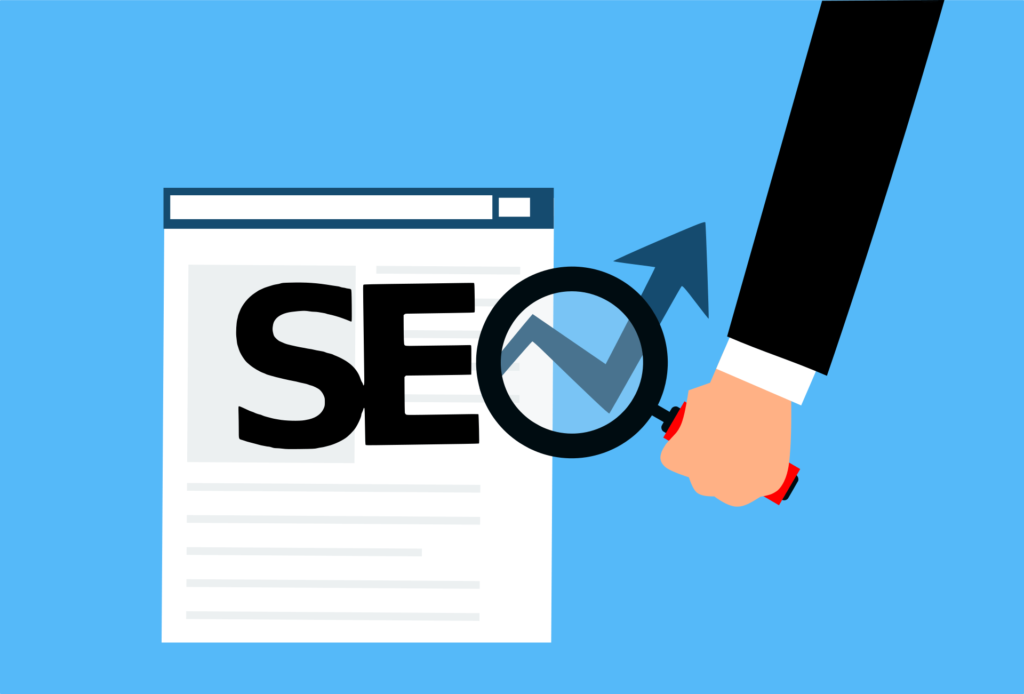SEO (Search Engine Optimization) and SEM (Search Engine Marketing) are both strategies aimed at increasing website visibility on search engines, but they differ in approach and execution. Here’s a breakdown of their differences:
1. Definition Of SEO & SEM:
- SEO (Search Engine Optimization): The process of optimizing a website to rank higher in organic (non-paid) search engine results. It focuses on improving the site’s content, structure, and technical aspects to make it more search-engine friendly.
- SEM (Search Engine Marketing): A broader marketing strategy that involves both paid advertising and SEO. SEM includes activities like pay-per-click (PPC) ads (e.g., Google Ads) in addition to organic optimization efforts.
2. Cost Of SEO & SEM:
- SEO: It’s a long-term, organic strategy. While it doesn’t require payment for clicks, it involves costs related to content creation, technical improvements, and time for organic growth.
- SEM: It involves paid advertising (e.g., Google Ads) where you pay for each click (PPC) or impression. SEM campaigns are immediate but can become expensive over time, depending on competition and keywords.
3. Results:
- SEO: Results take time, typically months. Organic rankings improve gradually, and once achieved, they can be sustained with ongoing efforts.
- SEM: Results are immediate. Ads start appearing as soon as you launch the campaign, and you can control the budget and bid strategy for quicker traffic.
4. Focus:
- SEO: Focuses on optimizing the website for better user experience, content quality, and technical structure (e.g., site speed, mobile-friendliness).
- SEM: Focuses on paid search ads and optimization to drive traffic through bidding on specific keywords in search engines.
5. Long-Term vs. Short-Term:
- SEO: Long-term strategy that builds credibility and authority, offering sustainable organic traffic over time.
- SEM: Short-term strategy, as paid ads bring immediate traffic but stop once the campaign ends.
6. Click-through Rates (CTR) Of SEO & SEM:
- SEO: Organic results usually get higher click-through rates because users tend to trust organic listings over paid ads.
- SEM: Ads can have lower CTR, but they target specific keywords, so the traffic is often highly targeted.
7. Control:
- SEO: Less control over when and where the site ranks since it depends on Google’s algorithms, although you can optimize for best practices.
- SEM: More control over the ad copy, targeting, budget, and when ads are displayed.
8. Sustainability:
- SEO: Once rankings are achieved, they can be sustainable with regular updates and maintenance.
- SEM: Paid ads need ongoing investment to maintain visibility, and the traffic stops once you stop paying.
Summary:
- SEO is focused on organic rankings, long-term traffic, and improving website quality, while SEM includes both paid advertising and SEO efforts, offering quicker but temporary results.
Both strategies complement each other, and businesses often use them together to maximize online visibility and traffic.

